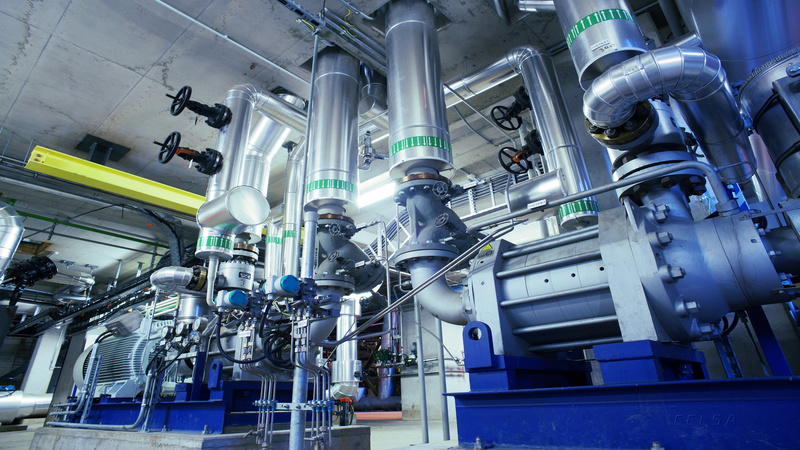Companies involved in the refrigeration, heating, air conditioning and ventilation industries can install one of two basic types of heat exchangers. While tube and shell types are common, these industries frequently prefer a plate type heat exchanger. They do so, realizing the benefits accruing from this choice.
Heat Exchangers
Heat exchangers are devices employed to transfer heat from one substance to another one. A classic example is a car radiator. When liquid is involved, the two options are
1. Tube and shell
2. Plate heat exchangers
While both work similarly, the construction differs dramatically. Selecting one over the other will rely on applications, environment, and desired results.
Choosing a Plate Type Heat Exchanger
Choosing plate type heat exchangers can be advantageous for an industry. Companies preferring this option realize certain benefits can arise. Among the reasons for installing plate type heat exchangers are the following:
* Efficiency: These heat exchangers are extremely efficient
* Environmental versatility: They can operate in diverse environments
* Size: These devices are compact ensuring they can fit in almost anywhere
* Maintenance: Plate heat exchangers are easy to remove for cleaning maintenance and repair
* Expandable: The characteristic of simply adding plates to “grow” allows companies to increase the device’s heat transfer capability
* Close Approach Temperatures: The device allows companies to reach close approach temperatures
* Versatility in a Single Unit: The structural design allows a single heat exchanger to provide multiple services
* Eliminates cross-contamination
* Reduces Fouling
Overall, plate heat exchangers are more economical than their counterparts are.
Plate Type Heat Exchanger
Those industries requiring heat transfer of liquids have two basic choices. For many, the obvious option is a plate type heat exchanger. It not only provides the essential service but also does so efficiently in diverse environments. It is low-maintenance, and adaptable to increased performance demands. Above all, it is very cost-effective for keeping overhead and operational costs low.



